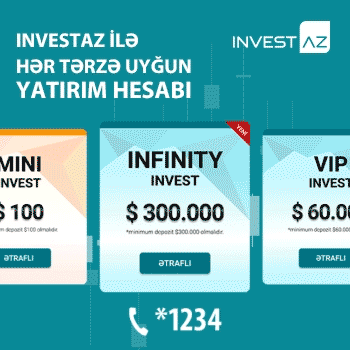Fitch ABB-nin reytinqlərini yenidən B səviyyəsində təsdiqlədi
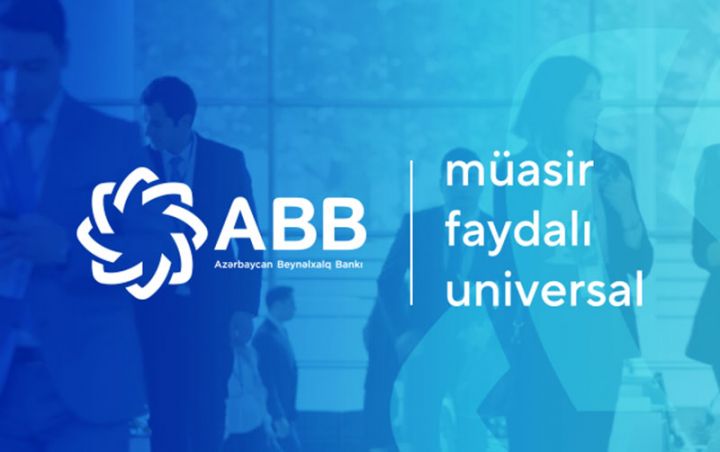
Fitch Beynəlxalq Reytinq Agentliyi ABB-nin reytinqlərinə yenidən baxıb.
ABB-nin yaydığı məlumatda bildirilir ki, Agentlik Bankın uzunmüddətli və qısamüddətli emitentin defolt reytinqlərini B səviyyəsində saxlayıb və reytinq proqnozunu Stabil olaraq təsdiqləyib.
ABB-nin Dövlət Dəstəyi reytinqi isə NS səviyyəsində Agentliyin verdiyi şərhdə ABB-nin dayanıqlı maliyyə göstəricilərinə, o cümlədən möhkəm kapital buferlərinə malik olması xüsusi vurğulanır. Aşağı riskli kreditlərin portfeldəki ümumi
payının, aktivlərin keyfiyyətinin, son üç ildəki layiqli gəlirliliyin Bankın adekvat likvidlik mövqeyini əks etdirdiyi göstərilir. Bildirilir ki, ABB-nin böyük kapital buferi valyuta risklərini azaldır. Bankın kapital adekvatlığı göstəriciləri requlyativ tələbləri əhəmiyyətli şəkildə üstələyir.
ABB-nin müasir, faydalı və universal məhsul və xidmətləri barədə məlumatları Bankın filial və şöbələrindən, https://abb-bank.az/ rəsmi internet səhifəsindən və ya 937 nömrəli Məlumat Mərkəzindən, həmçinin rəsmi Facebook səhifəsindən əldə etmək olar.
XXX
Fitch Revises International Bank of Azerbaijan's Outlook to Stable; Affirms at 'B'
Fitch Ratings - London - 25 Apr 2022: Fitch Ratings has revised Open Joint-Stock Company International Bank of Azerbaijan's (IBA) Outlook to Stable from Positive while affirming its Long-Term Issuer Default Rating (IDR) at 'B'. A full list of rating actions is provided below.
Fitch has withdrawn IBA's Support Rating and Support Rating Floor as they are no longer relevant to the agency's coverage following the publication of our updated Bank Rating Criteria on 12 November 2021. In line with the updated criteria, we have assigned IBA a Government Support Rating (GSR) of 'ns'.
KEY RATING DRIVERS
IBA's ratings are based on the bank's intrinsic credit strength, as measured by its Viability Rating (VR) of 'b'. The ratings continue to capture risks stemming from a volatile and cyclical operating environment in Azerbaijan and IBA's high risk appetite reflected in a sizable direct exposure to currency risks.
The ratings also capture IBA's solid financial metrics, including large capital buffers, reasonable asset quality underpinned by a high 59% share of low-risk assets (relative to bank's VR), decent profitability in the past three years and adequate liquidity. The VR of 'b' is one notch below the 'b+' implied VR, due to its risk profile.
IBA 's open-currency position (OCP) amounted to 59% of regulatory capital (USD471 million) at end-1Q22 - a moderate improvement from 77% (USD521 million) a year before. IBA had consistently reduced OCP in the previous four years to 38% of the capital at end-2021, before the bank widened the position both in absolute and relative terms as a result of several large transactions in early 2022. Although IBA has since end-2M22 returned to its trajectory of reducing OCP, this has been delayed by the decision to temporarily reverse OCP, which Fitch views an indication of higher risk appetite and a more aggressive stance towards currency risk. This drives the revision of the Outlook on the IDR to Stable from Positive.
Nevertheless, we believe that IBA's capital buffer is currently sufficient to withstand a significant currency shock, given the comfortable cushion of IBA's regulatory Tier 1 capital ratio over the statutory minimum.
IBA's large capital buffer helps to mitigate currency risks. End-2021 Basel I Tier 1 and total capital ratios equalled to a high 37% and 39%, respectively but represented 17% and 20% as per statutory standards. We estimate that this capital buffer should still be sufficient to withstand a significant currency shock of an exchange rate depreciation to 2.3 AZN/USD (from 1.7 AZN/USD currently) before breaching statutory minimums of 6% for Tier 1and 12% for total capital ratios.
IBA's asset quality is supported by a low-risk asset structure. Liquid assets (cash, interbank placements and government bonds) were equal to a high 64% of total assets at end-2021 and were mostly of quasi-sovereign credit quality. The net loan book, which we view as the key source of impairment risks, amounted to a low 25% of total assets at end-2021. Impaired loans (Stage 3 loans under IFRS) were lower than peers' at 4.2% of end-2021 gross loans (end-2020: 8%), and were comfortably 1.1x covered by total loan loss allowances. Stage 2 loans were a modest 2% of gross loans at end-2021.
IBA is funded mainly by customer accounts (89% of liabilities at end-2021) with an emphasis on state deposits (66% of liabilities). A high share of customer funds is interest-free, translating into low funding costs (2.2% in 2021). The bank's wholesale debt is limited to an USD425 million (AZN0.7 billion) Eurobond maturing in 2024. IBA's liquid assets cover an ample 86% of total customer accounts.
ESG - Governance Impact
IBA has an ESG Relevance Score of '4' for governance structure stemming from a recent deviation from its OCP management approach. This delays normalisation of OCP and increases the bank's exposure to a potential devaluation of manat that could result in sizable negative revaluations. This has a moderately negative influence on our assessment of its capital position as well as profitability.
GSR
The Government Support Rating of 'ns' reflects no reasonable assumption of forthcoming support, mainly due to the bank's default in 2017.
RATING SENSITIVITIES
Factors that could, individually or collectively, lead to negative rating action/downgrade:
IBA's VR and Long-Term IDR could be downgraded if a combination of large currency losses, increased loan impairment and asset inflation result in considerable erosion of the bank's capital position.
The senior debt rating is sensitive to negative changes in the bank's Long-Term IDR.
Factors that could, individually or collectively, lead to positive rating action/upgrade:
The ratings could be upgraded if the bank moderates its appetite to the market risk, primarily by reducing its OCP to below 30% of regulatory capital. An upgrade of IBA would additionally require the bank to maintain stable loan-quality metrics as well as a comfortable capital and liquidity buffers.
A revision of the GSR to the 'b' category would be contingent on a positive change in Azerbaijan's propensity to support domestic banks backed by a record of consistent support.
The senior debt rating is sensitive to positive changes in the bank's Long-Term IDR
VR ADJUSTMENTS
The asset quality score of 'bb-' is above the 'b' category implied score because of the following adjustment reason: non-loan exposure (positive).
The profitability score of 'b' is below the 'bb' category implied score because of the following adjustment reason: historical and future metrics (negative).
The capitalisation and leverage score of 'b' is below the 'bb' category implied score because of the following adjustment reason: risk profile and business model (negative).
The funding and liquidity score of 'b+' is below the 'bb' category implied score because of the following adjustment reason: deposit structure (negative).
BEST/WORST CASE RATING SCENARIO
International scale credit ratings of Financial Institutions and Covered Bond issuers have a best-case rating upgrade scenario (defined as the 99th percentile of rating transitions, measured in a positive direction) of three notches over a three-year rating horizon; and a worst-case rating downgrade scenario (defined as the 99th percentile of rating transitions, measured in a negative direction) of four notches over three years. The complete span of best- and worst-case scenario credit ratings for all rating categories ranges from 'AAA' to 'D'. Best- and worst-case scenario credit ratings are based on historical performance. For more information about the methodology used to determine sector-specific best- and worst-case scenario credit ratings, visit https://www.fitchratings.com/site/re/10111579
REFERENCES FOR SUBSTANTIALLY MATERIAL SOURCE CITED AS KEY DRIVER OF RATING
The principal sources of information used in the analysis are described in the Applicable Criteria.
ESG CONSIDERATIONS
IBA has an ESG Relevance Score of '4' for governance structure due to inconsistencies in strategy to decrease OCP and sizable related-party exposures on both sides of the balance sheet, which has a negative impact on the credit profile, and is relevant to the rating in conjunction with other factors.
Unless otherwise disclosed in this section, the highest level of ESG credit relevance is a score of '3'. This means ESG issues are credit-neutral or have only a minimal credit impact on the entity, either due to their nature or the way in which they are being managed by the entity. For more information on Fitch's ESG Relevance Scores, visit www.fitchratings.com/esg
Müştərilərin xəbərləri

“Azercell Telekom” qadınların dəstəyinə yönəlmiş təşəbbüslərini davam etdirir - 30 000 MANAT AYRILIB

Azərbaycanın “Olivea” zeytun yağı Rusiya Keyfiyyət Sisteminin testlərində lider markalar sırasında yer aldı
SON XƏBƏRLƏR
- 3 həftə sonra
- 1 həftə sonra
- 1 gün sonra
-

-
22 saat sonra
Kapital bazarlarında növbəti yenilik - İlk zamanətli istiqrazlara investisiya fürsəti
- 2 d. əvvəl
-
18 d. əvvəl
Bayramlar üst-üstə düşdükdə məzuniyyətin necə tənzimlənəcəyi məlum olub
- 21 d. əvvəl
- 22 d. əvvəl
-
59 d. əvvəl
MİDA mənzillərinin qanunsuz satışını təşkil edən 12 nəfər saxlanıldı
-
1 saat əvvəl
"Bu paket Naxçıvanda iş adamları üçün əlavə üstünlüklər yaradacaq"
- 1 saat əvvəl
-
1 saat əvvəl
Mərkəzi Bank tərəfindən yoxlama prosesləri avtomatlaşdırılıb
Son Xəbərlər
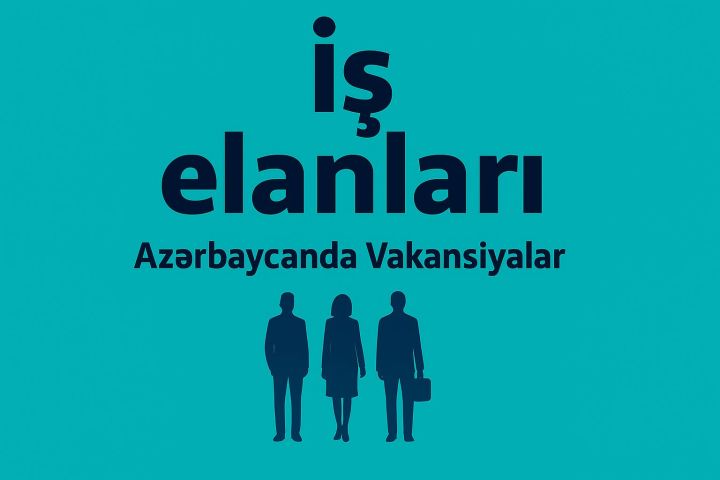
Azərbaycanda Vakansiyalar - Azvak.az

Biznesiniz üçün QISA NÖMRƏ alın
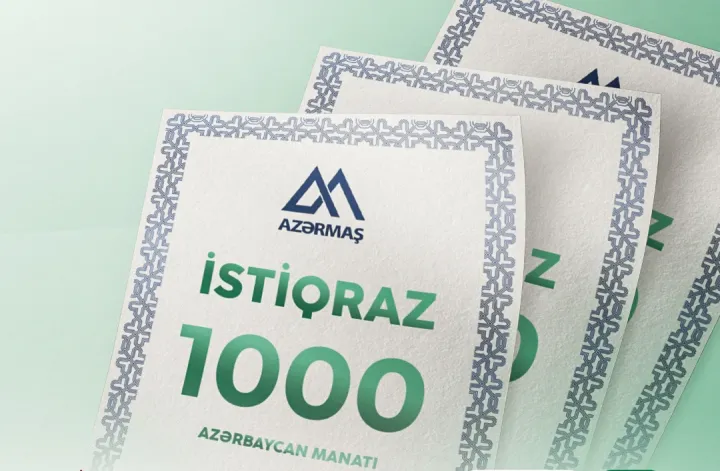
Kapital bazarlarında növbəti yenilik - İlk zamanətli istiqrazlara investisiya fürsəti

Çin İrandan neft alışını sürətləndirir

Azərbaycana Avropadan turist axını 6 % artıb

MİDA mənzillərinin qanunsuz satışını təşkil edən 12 nəfər saxlanıldı

"Bu paket Naxçıvanda iş adamları üçün əlavə üstünlüklər yaradacaq"
Ən çox oxunanlar

Naxçıvandan Türkiyəyə ixracın həcmi 25 faizə yaxıb artıb

Mərkəzi Bank tərəfindən yoxlama prosesləri avtomatlaşdırılıb
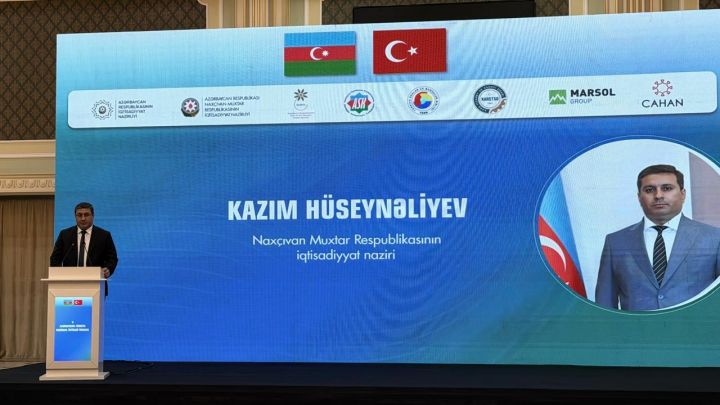
Naxçıvanda biznesin genişlənməsi üçün 138 layihəyə 22 milyon manat güzəştli kredit ayrılıb

Gecə və növbəli iş zamanı işçilərin ailə vəzifələri nəzərə alınacaq

Azərbaycanın “Olivea” zeytun yağı Rusiya Keyfiyyət Sisteminin testlərində lider markalar sırasında yer aldı

Əmək Məcəlləsinə "Məsafədən (distant) iş" anlayışı əlavə edilir


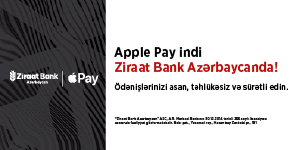


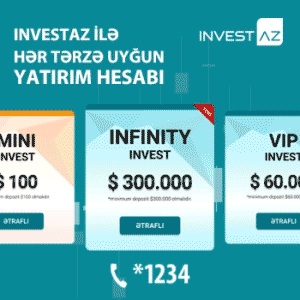







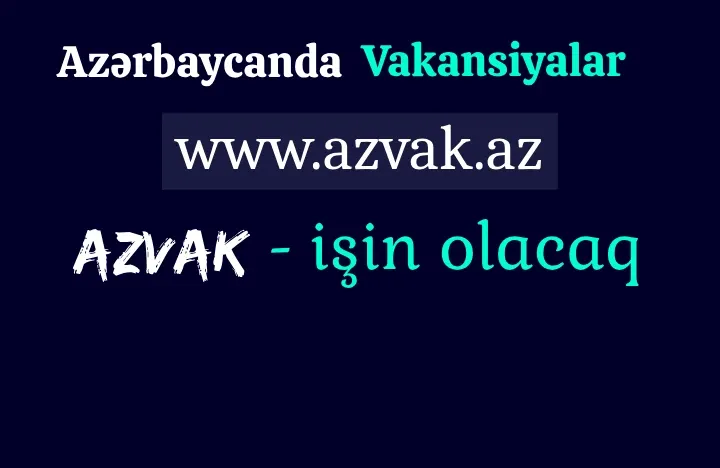
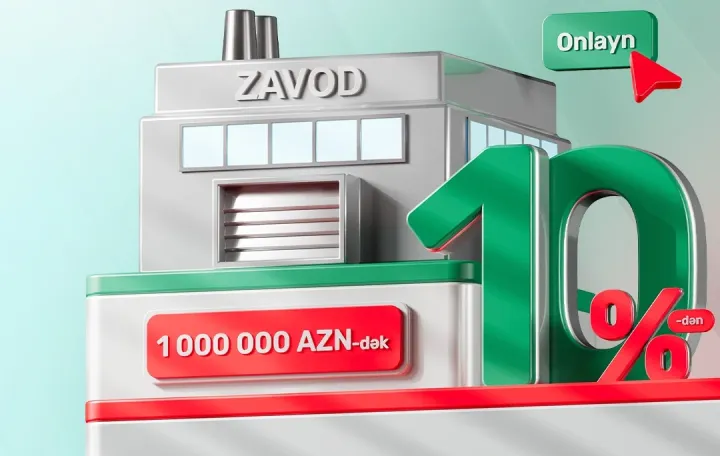


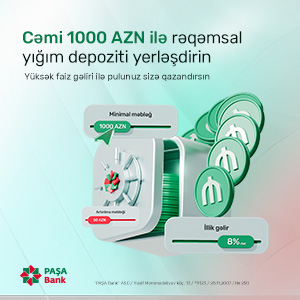

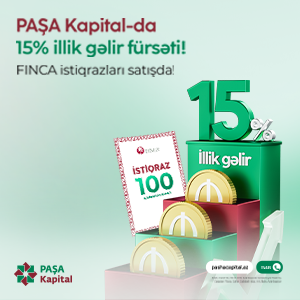
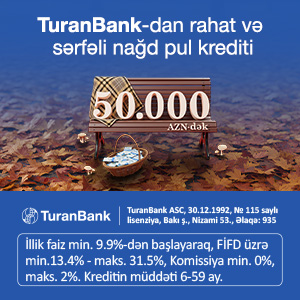






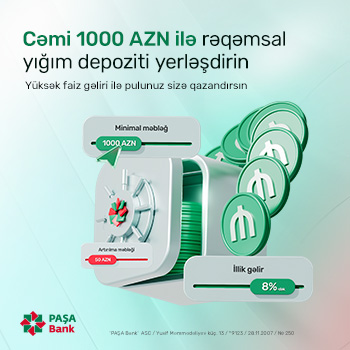
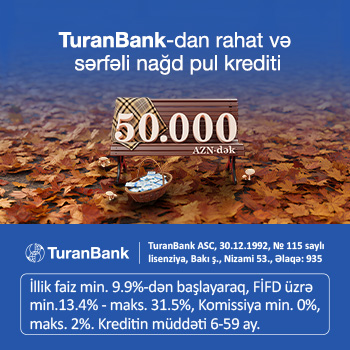

.jpg)

